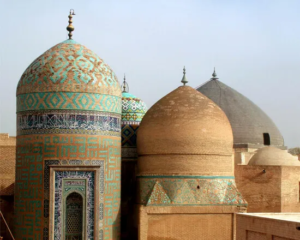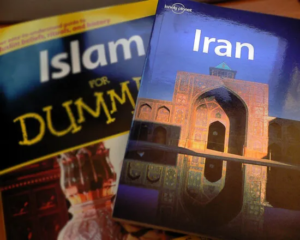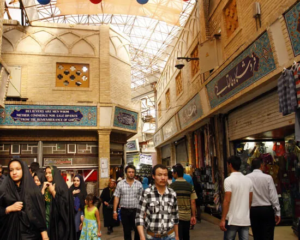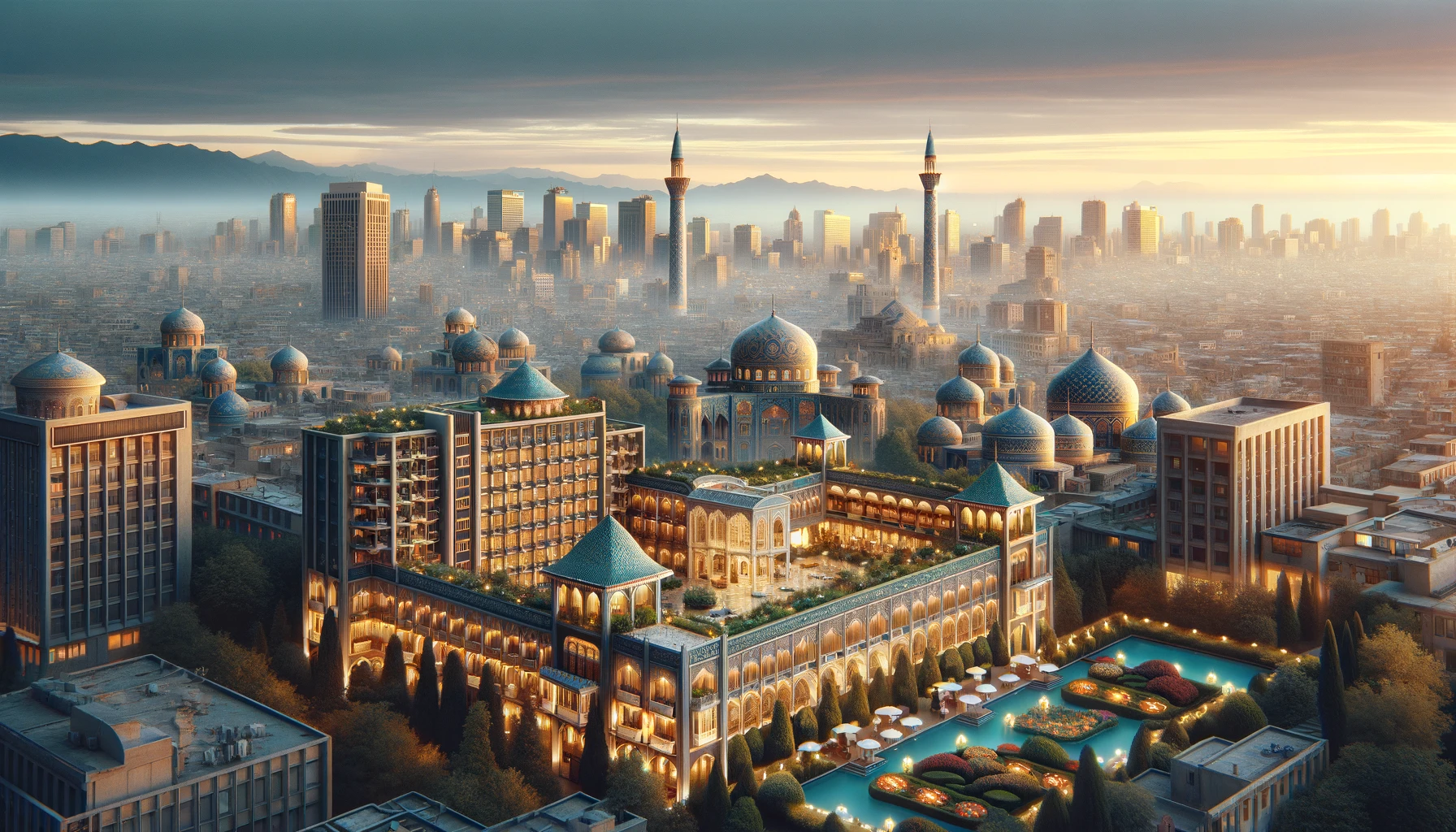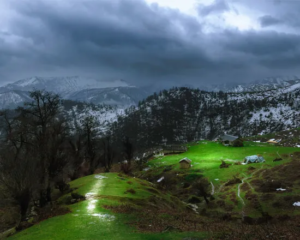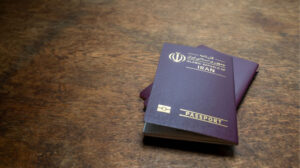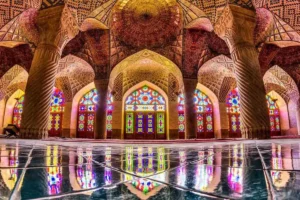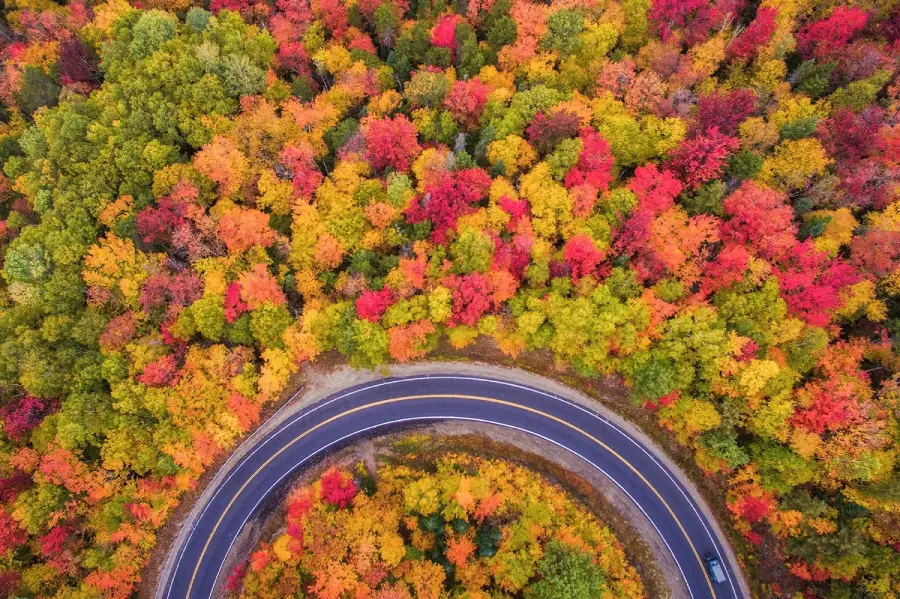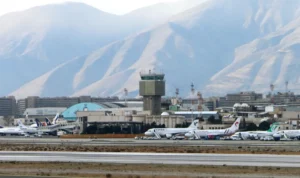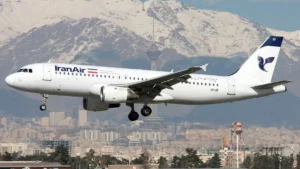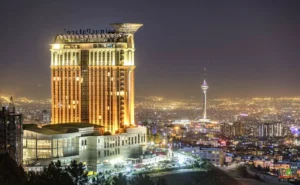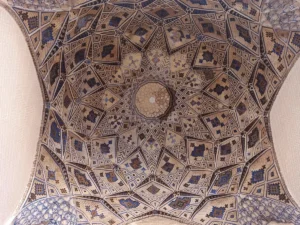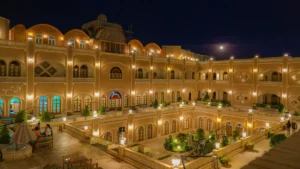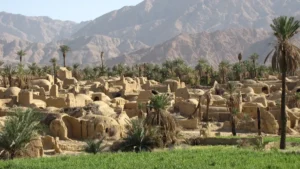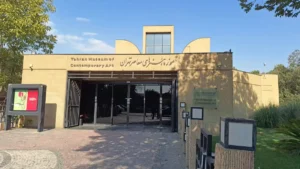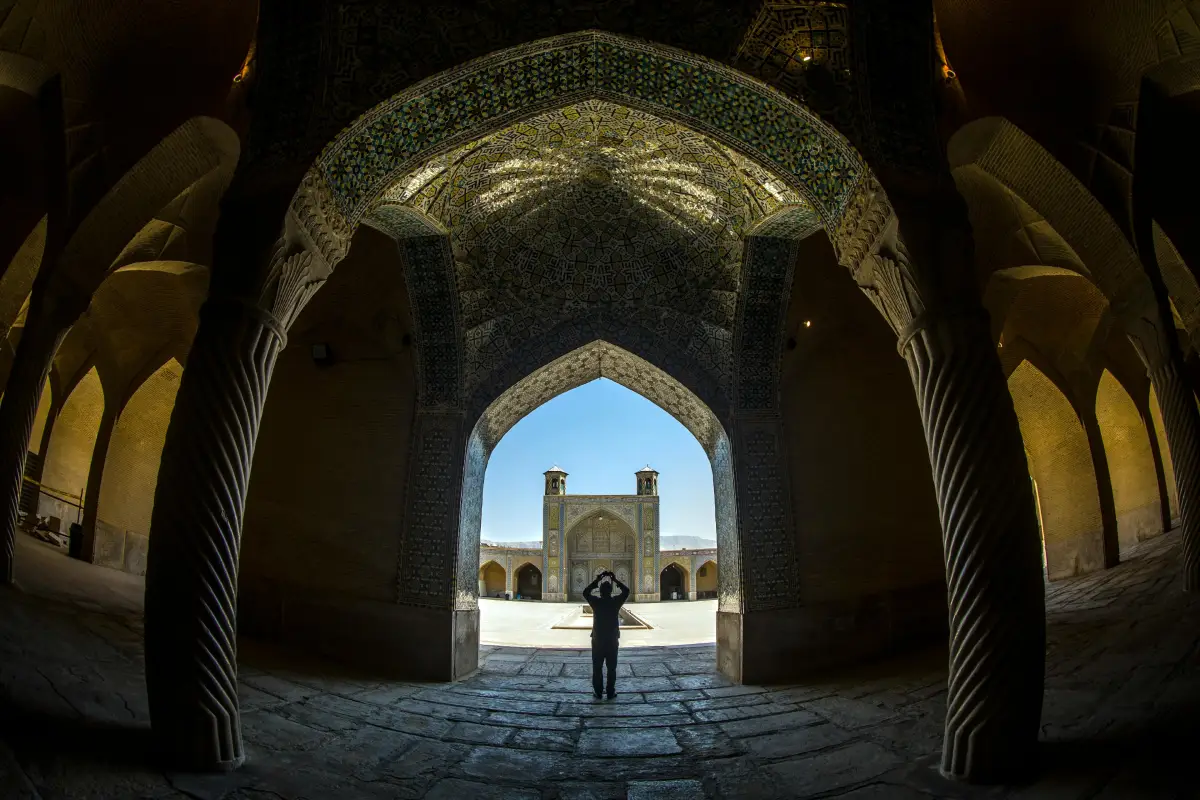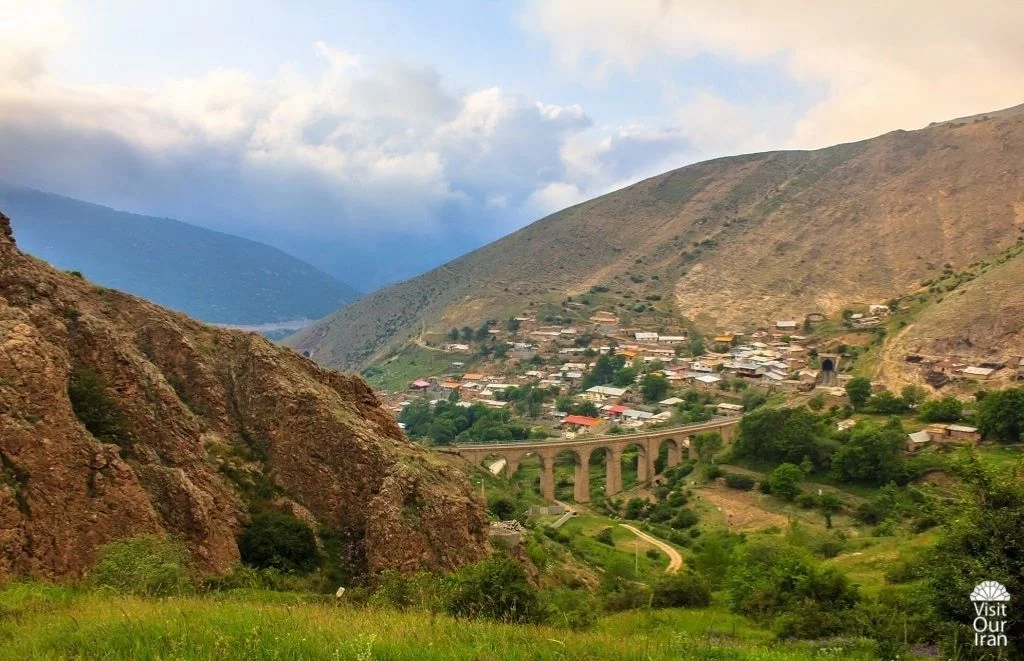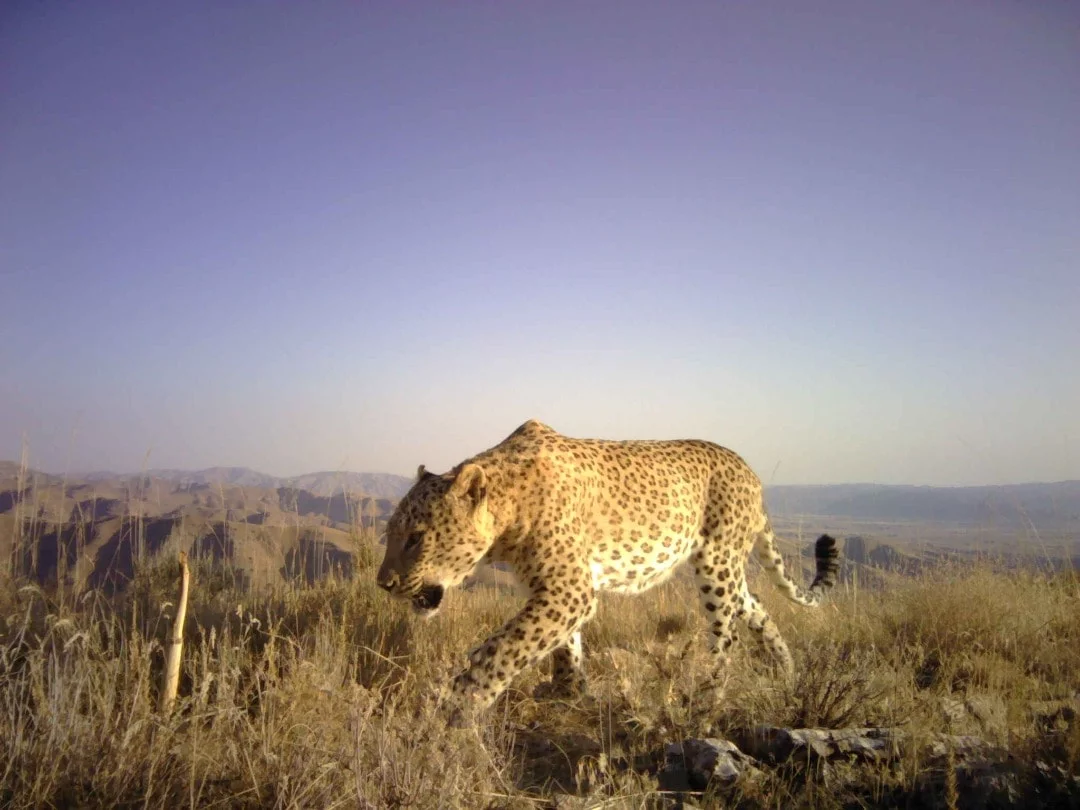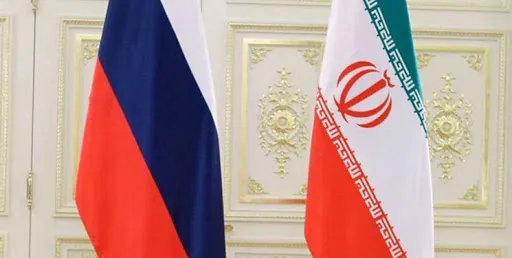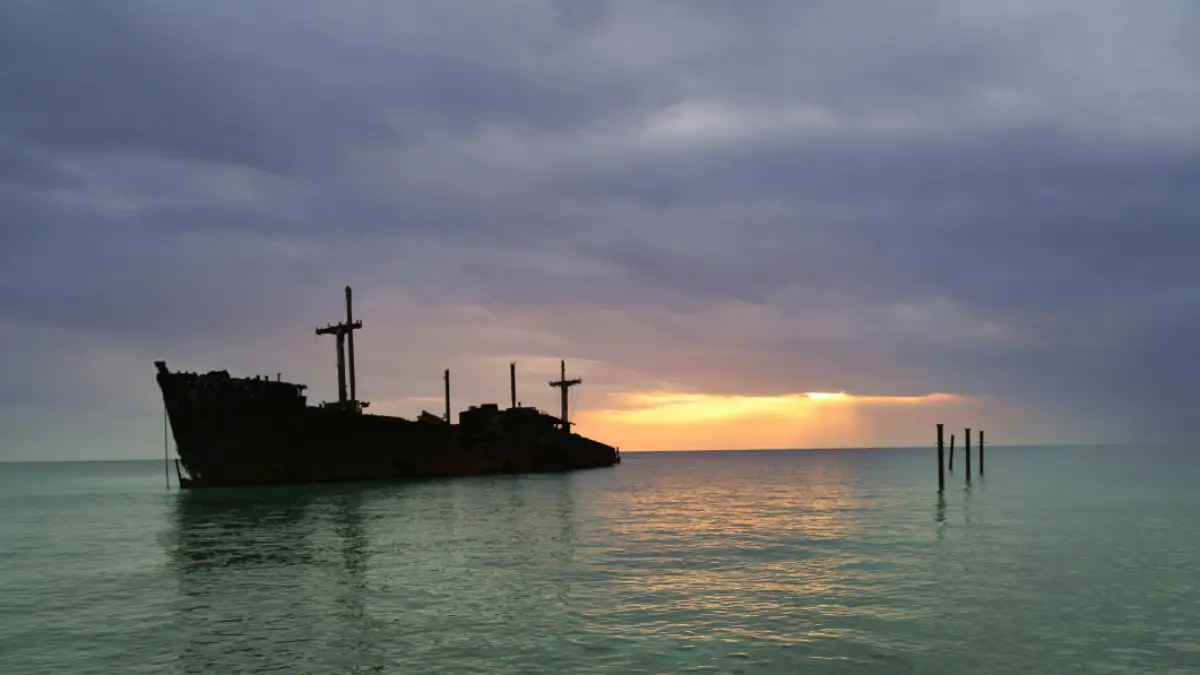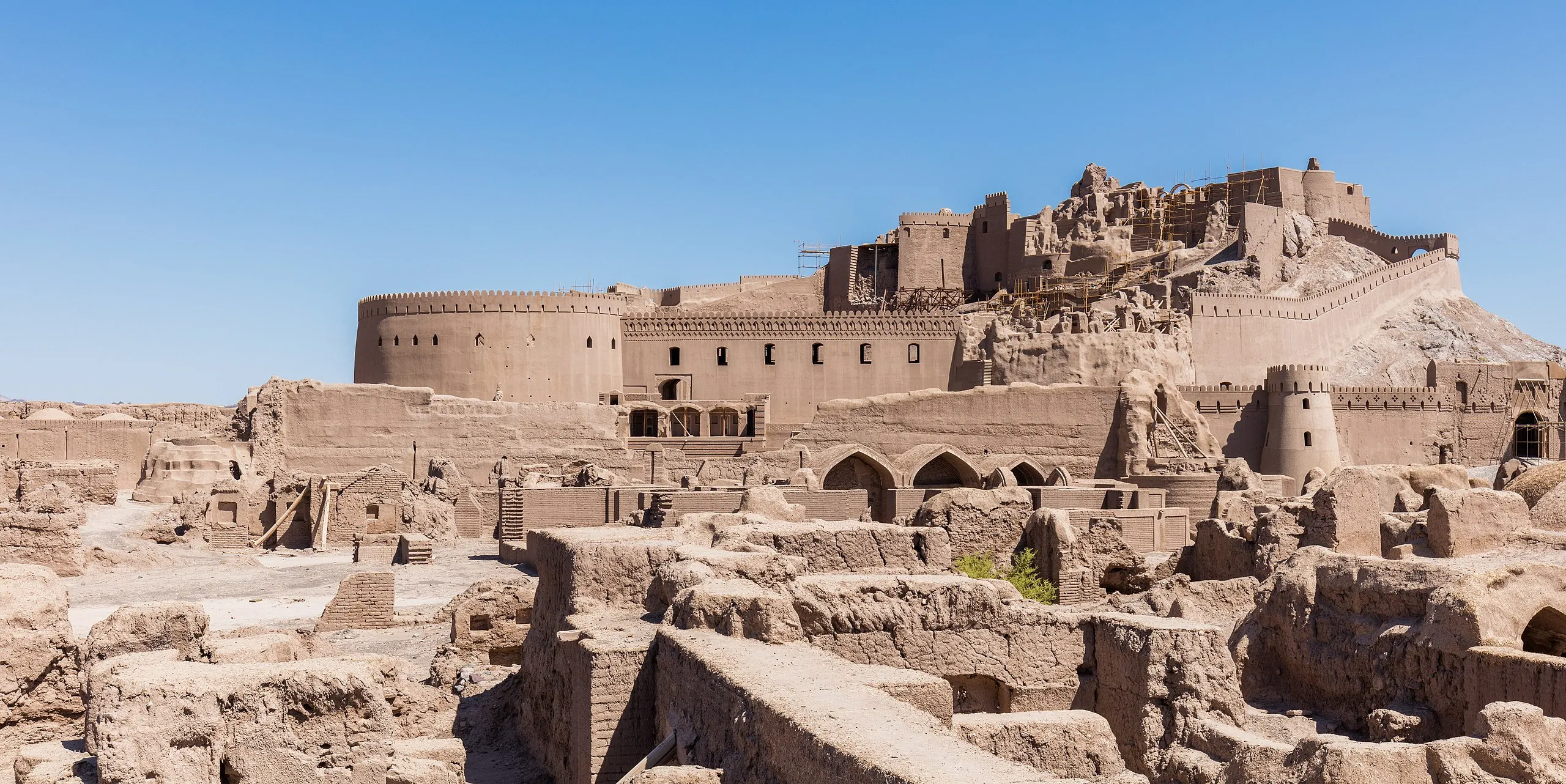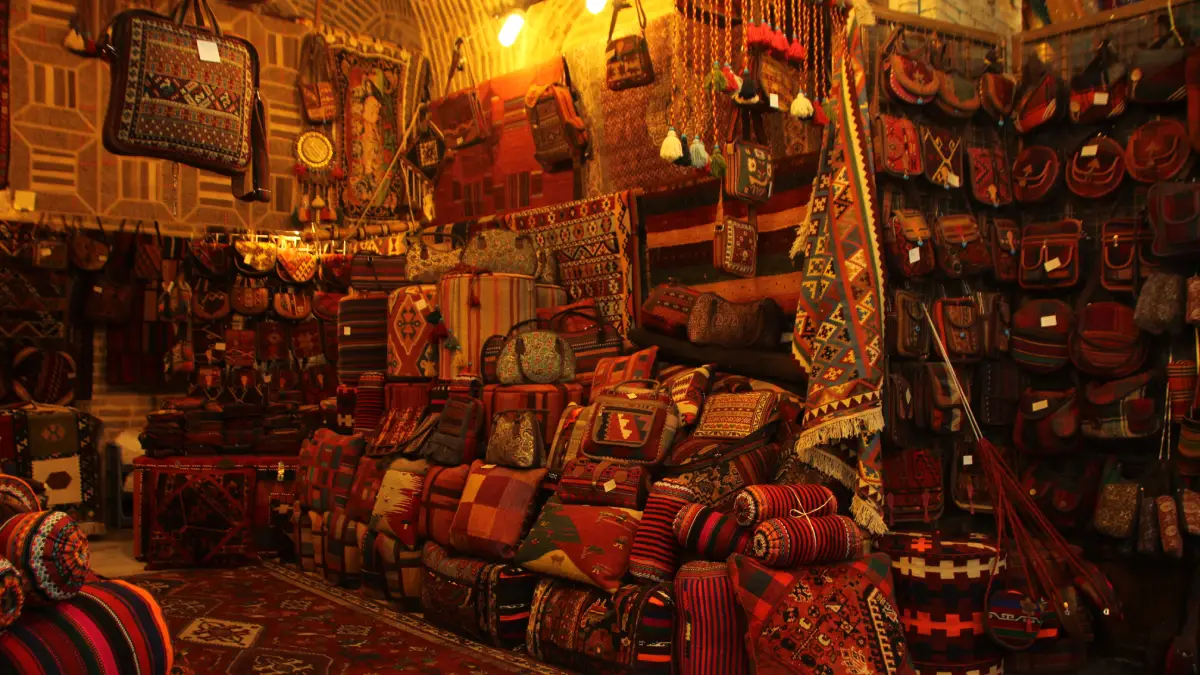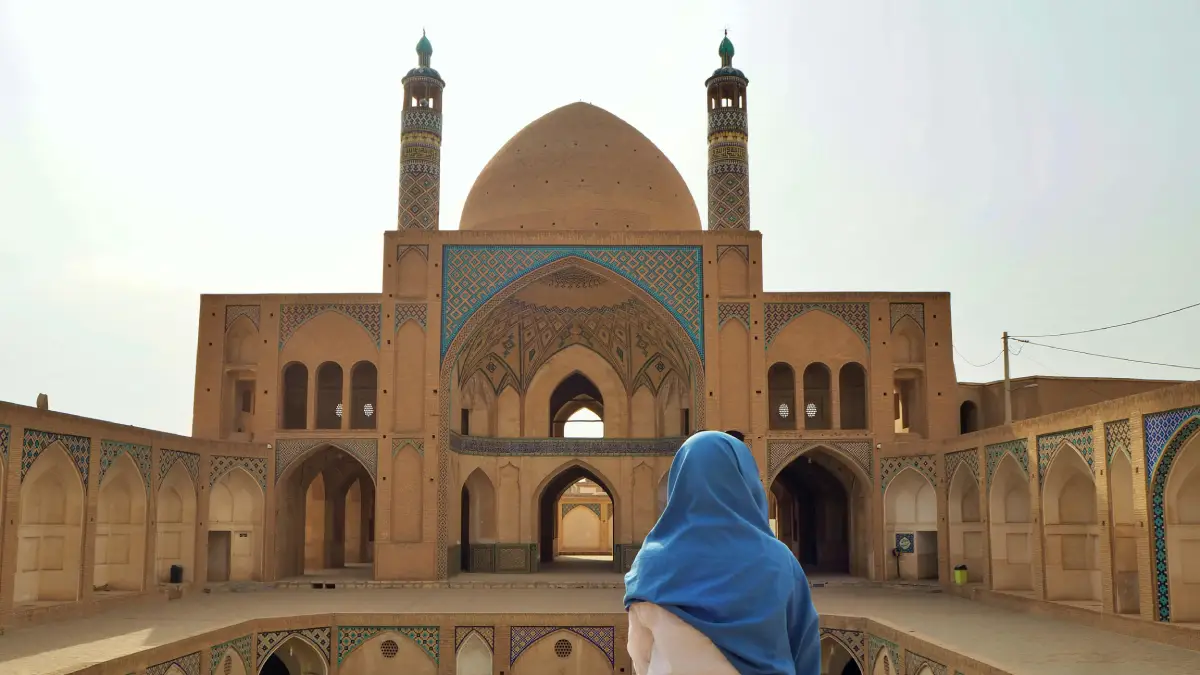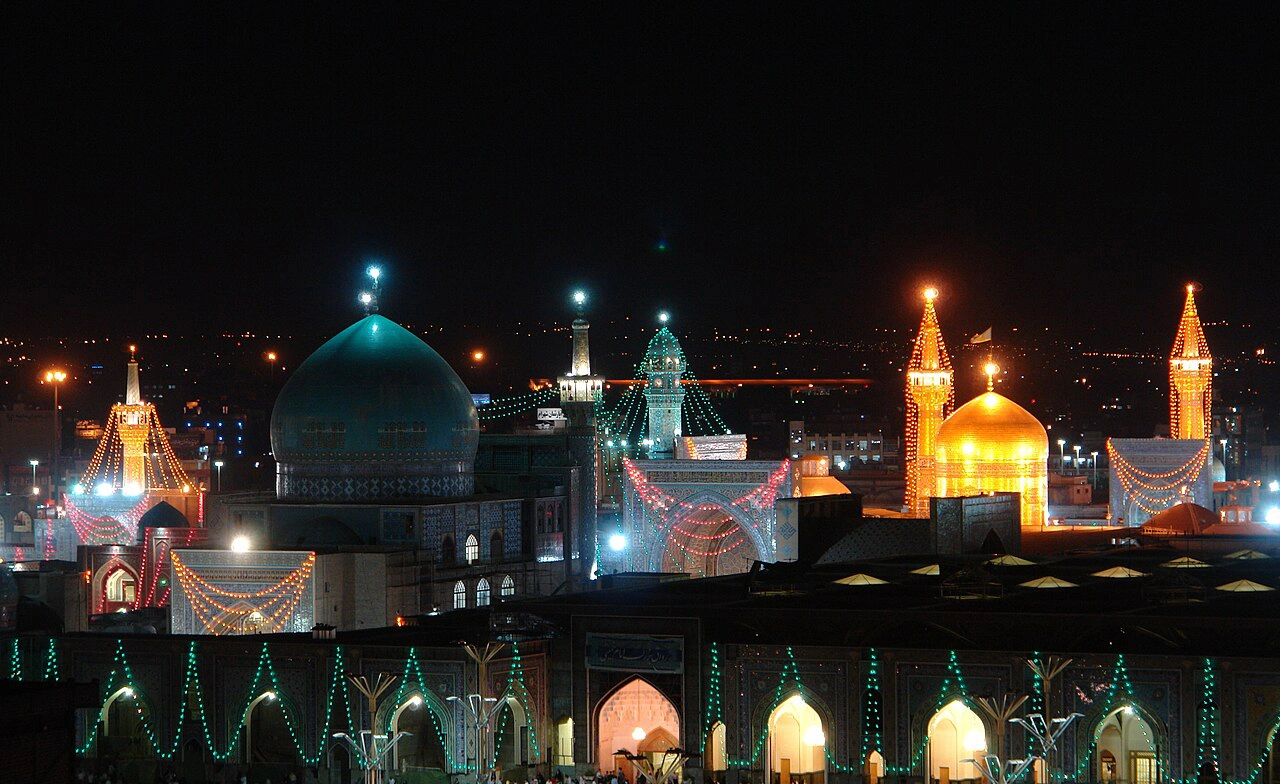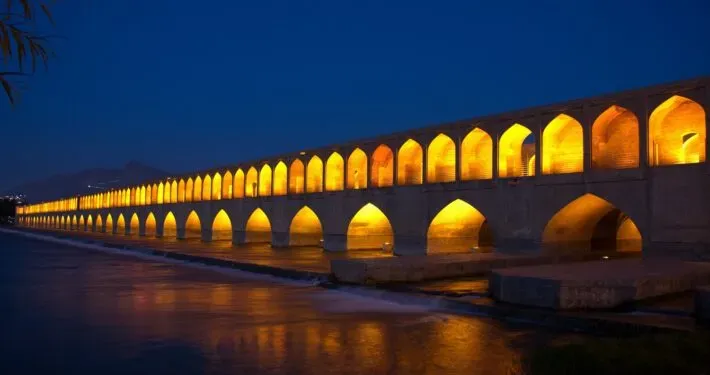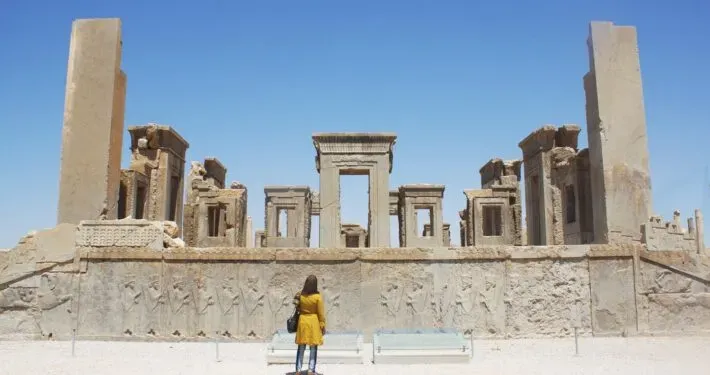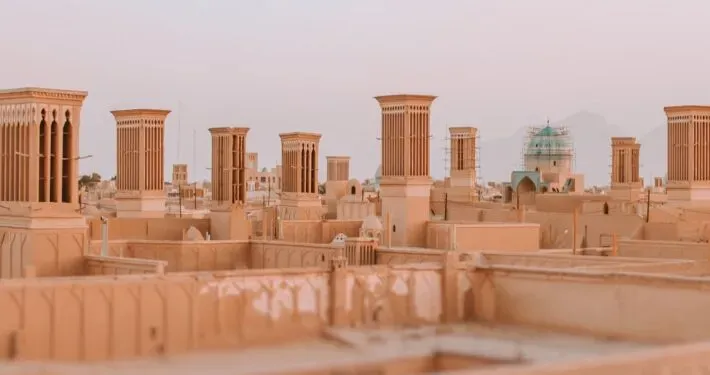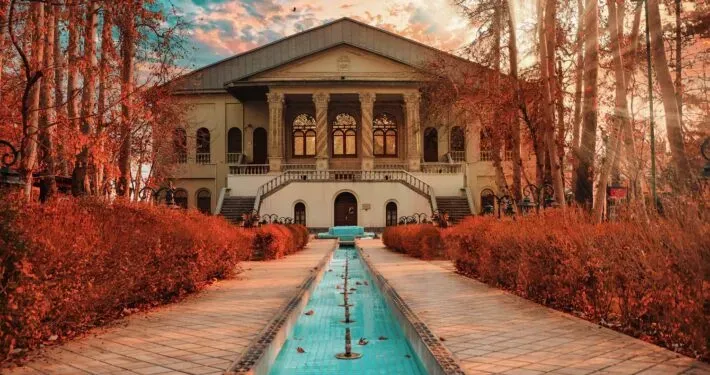Iran Stories
Get Inspired and Find Your Way to Unknown Destinations, Delve Deeper, and Embrace Unique Experiences
Latest Articles
Renting a car in Iran is one of the most flexible and comfortable ways to explore the country. Whether you’re planning a sightseeing trip, traveling...
If you’re planning a trip to Iran and think you might return soon—maybe even more than once—then getting an Iran multiple entry visa could save...
If you’re planning to explore the cultural heart of Iran, this 10-day Iran itinerary by Visit Our Iran is designed to give you a deep...
When you travel to Iran, you cannot use your international bank cards like Visa, Mastercard, or American Express. Because of international sanctions, Iranian banks are...
Driving in Iran as a tourist offers both excitement and challenges. While it provides the freedom to explore the country at your own pace, it’s...
Baggage allowance and excess baggage fees are one of the main concerns for passengers on both domestic and international flights. It doesn’t matter where your...
Iran Hotels
If you are planning a trip to Iran, one of the most important things to consider is your hotel or accommodation. As you know, hotels...
Travel plans often come with a degree of unpredictability. Whether due to personal reasons, sudden changes in your schedule, or unforeseen circumstances, the need to...
Travel plans don’t always go as expected, and sometimes, you might need to cancel your hotel booking. If you’re planning a trip to Iran, it’s...
Kerman is a city rich in history, famous for its traditional architecture, vibrant bazaars, and stunning landscapes. When visiting, staying at Vakil Caravanserai, now known...
Isfahan, with its rich history, stunning architecture, and vibrant culture, is a must-visit destination for anyone exploring Iran. During my trip, I had the pleasure...
Yazd is a captivating city known for its ancient architecture, unique culture, and beautiful desert landscapes. When you visit, staying at Dad Hotel is an...
Travelers’ Diaries and Experiences
During the last years, more travelers have ventured to visit Iran in order to depict the honest and friendly face of Iranians and grant the world a new perspective. Here is the story of Iran said by travelers who ventured to explore this unknown path.
